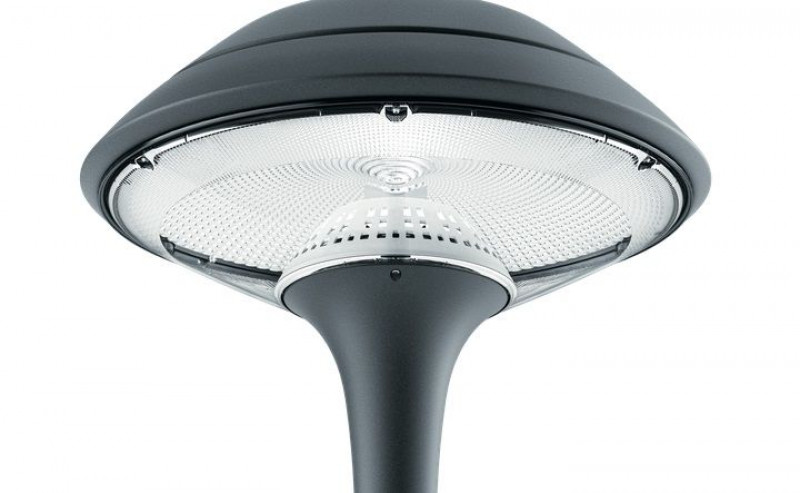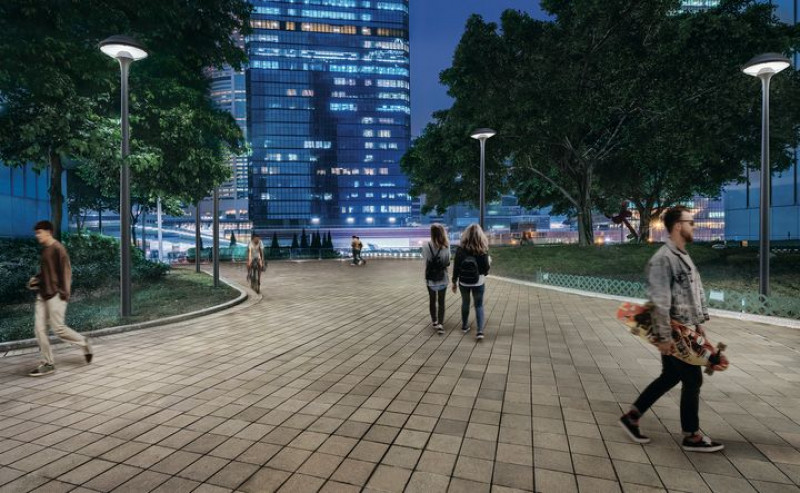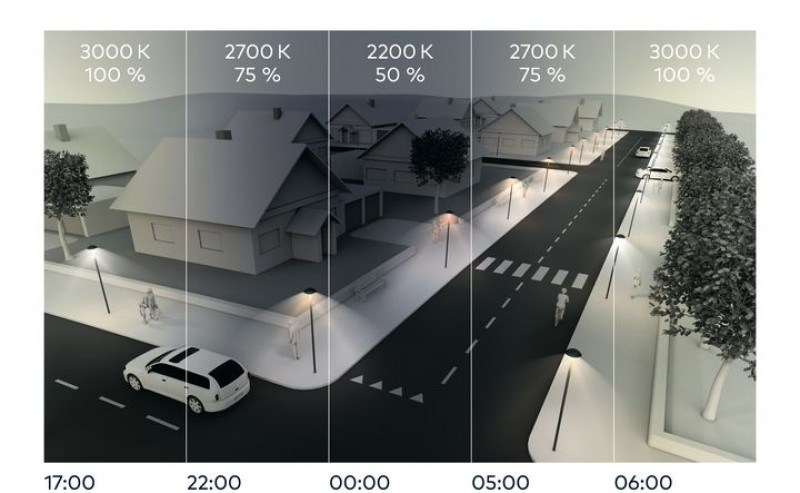-
Hong Kong SAR
Copyright © 2025 Powered by BCI Media Group Pty Ltd
Confirm Submission
Are you sure want to adding all Products to your Library?
Contact Detail

Outdoor lighting can work magic.
It can open up urban spaces after dark, make residential areas feel safer, or guide people through parks. However, we must be careful not to overuse light outdoors. Designers have a responsibility to protect dark skies and to minimise the impact on people and the environment.
Well-designed artificial lighting should prevent spill light that could enter homes and disturb residents. But it’s not only people who can be affected by light. Without careful consideration, outdoor light can disrupt the behaviour of birds, mammals, amphibians and insects, impair their ability to navigate or leave them vulnerable to predators.
These effects are not only about the amount of light being emitted at night, but also the properties of that light.
When outdoor light has a cool colour temperature (i.e. a blueish white appearance) it can provide more clarity and promote alertness for pedestrians, drivers and cyclists. But it can also be more disruptive to people and the environment, as well as creating more sky glow. Warmer coloured light can help to reduce the impact.
So how can designers of outdoor lighting balance these two priorities in a responsible way? A new light mixing technology created by Thorn Lighting can help.
NightTune is a system that automatically adjusts the level of light emitted by a light fitting, and its colour temperature, to suit the exact time of night and level of traffic.
It works by mixing light from warm and cool LEDs. By dimming the two groups of LEDs up and down separately, colour temperatures ranging from a warm 2200K to a moderate 3000K can be obtained, at different levels of brightness.
To see how NightTune works in practice, imagine a normal night. In the evening when there is still some foot and road traffic, NightTune provides a moderate colour temperature. During the middle of the night when roads are quiet, the output of the cool LEDs is reduced, so that the light also becomes dimmer and warmer. As morning approaches and traffic returns to the streets, the output of the cool LEDs increases once again, to provide brighter, cooler light that meets the higher safety demands.
The indirect version of Thorn’s new Plurio post-top luminaire is the first product that can be equipped with NightTune. It’s a great new addition to the toolbox of lighting designers who are looking to meet the demands of modern cities, while also respecting those who we share these spaces with – both people, and animals.






